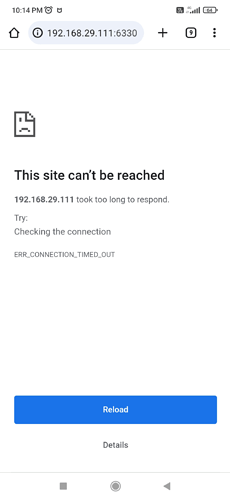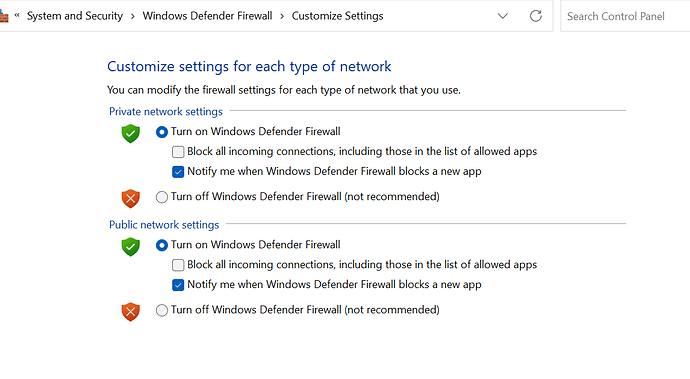Ah, that's exactly what I suspected.
Based on the setup you've described, it seems that you would not be able to connect to a PC on your private network from the outside world, not without additional network configuration.
The first reason is that when trying to connect from the outside world, you should use your public IP address in your browser, not the private IP address you're currently using.
Additionally, it's important to note that your router (the one providing your wifi) functions as a NAT device.
When you try to establish a connection from inside your network to the internet, the router sees the connection being initiated and creates an association between your device's private IP and the destination IP. It then substitutes your private IP in the packet with its own IP and sends the packet up the link. When the destination site responds, the response packet is sent back to the router, which then uses the association to forward the packet to your device on the local network.
However, when the connection is initiated from the outside world (e.g. trying to connect to your local network server from outside), even if you use the public IP address, the router won't know where to forward the packet since there is no existing association.
It's worth noting that this issue is not specific to EasyMorph but rather a fundamental aspect of how the internet functions.
One way to mitigate this issue is by setting up port forwarding on your router and having a static IP (ISPs usually charge for that extra).
However, it's important to note that your Internet Service Provider (ISP) may have a carrier-grade NAT that you, as a consumer, wouldn't be able to configure. In such cases, there may not be much that can be done, unless you explore alternative solutions like ngrok.
Lastly, exposing your EasyMorph Server to the internet may not be the best solution in terms of security.

